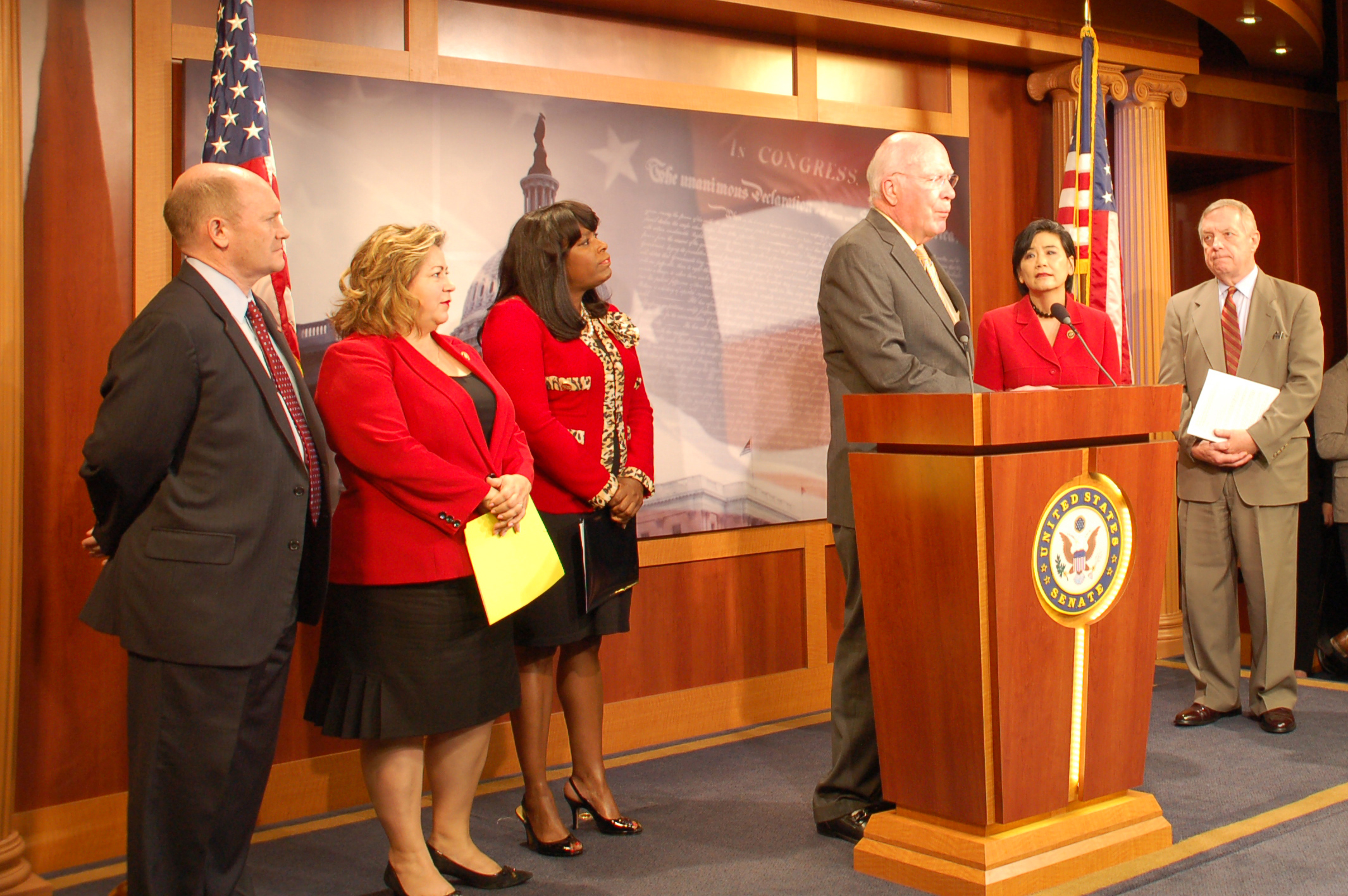WASHINGTON – New election legislation in Congress would force New York to gain federal approval to implement photo identification laws, print bilingual voting materials and even draw fresh district boundaries.
The bill was introduced in June and follows on a recent history of voter discrimination against minorities and non-English speakers. It is designed to restore and increase protections for minority voters granted by the Voting Rights Act of 1965. Some provisions of that law were struck down by the Supreme Court in 2013. Since the court’s decision, several states have passed laws that voting rights activists have called discriminatory against African-Americans, Hispanics, the elderly and the poor.
New York has had 20 violations under the Voting Rights Act since 1990, including eight since 2000, according to the Lawyers’ Committee for Civil Rights Under Law. Some counties, including three in New York City, have been subject to federal jurisdiction under the 1965 law.
Under the new proposal, New York and 12 other states, mostly in the South, would need federal approval to change various voting laws or procedures. A state must have had at least 15 voting violations in the past 25 years to be included. Once on the list, a state can only be removed after 10 years without a violation.
“In order to really provide voters with the kind of protections they need, it was important to expand the New York coverage beyond those original jurisdictions to cover the entire state,” said Nicole Austin-Hillery, director of the Brennan Center for Justice‘s Washington office. “It really wasn’t fair to leave out the other voters in other parts of the state.”
A report by the Leadership Conference on Civil and Human Rights showed that most of the New York violations stem from language barriers in areas heavily populated by immigrants. For example, a 2013 violation stemmed from a lawsuit against the New York City Board of Elections for failing to provide bilingual voting materials to Asian Indian voters in Queens.
“The challenge that New York has is that there are many people in New York that don’t speak English and New York is obligated to provide bilingual election materials,” said J. Gerald Hebert, executive director of the Campaign Legal Center, a voting rights advocacy group. “New York has struggled to meet those legal requirements.”
Other examples, such as the 2003 case in which Albany County was sued over a redistricting plan that allegedly diluted minority voting strength in its 39-member legislature, are related to boundaries.
The county has been sued three times under the Voting Rights Act for diluting minority voting power in the way it drew its political lines. It lost a 2011 lawsuit earlier this year, leading a federal judge to order a redrawing of the legislative districts’ boundaries. A new map, which creates a fifth Albany district in which minority voters are a majority, was approved by Senior U.S. Judge Lawrence Kahn in May.
“New York is really no different, at the end of the day, from Texas, in the sense that if they qualify for having had enough violations over time, they should be subject to the act,” Hebert said.
Efforts to move the Democratic legislation through the Republican-controlled Congress are likely to be stymied.
A spokesman for Sen. Chuck Schumer, who co-sponsored the legislation and sits on the Senate Judiciary Committee that would have first crack at the bill, said the measure would “help prevent gerrymandering and safeguard equal access to the polls.”
Senate Judiciary Committee Chairman Chuck Grassley‘s office did not respond to a request for comment.
A House judiciary aide did not say if House Judiciary Committee Chairman Bob Goodlatte would schedule a hearing on the bill.


